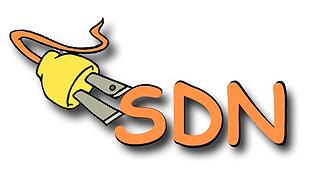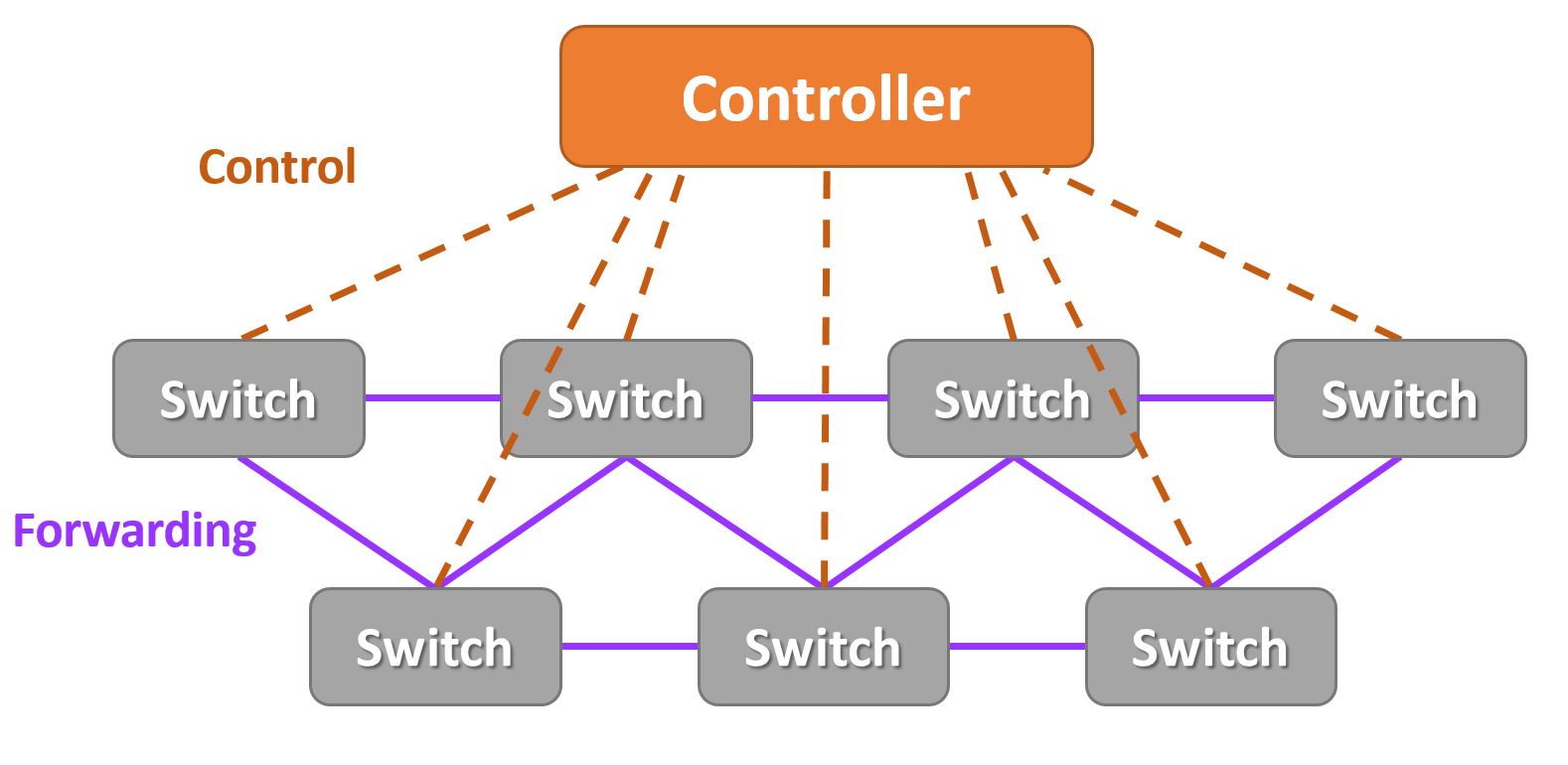Plugging Into SDN

While giants like Google and Amazon are already using some form of SDN, others are just starting to experiment with the technology. While there’s no doubt that SDN will eventually make its way from larger hyperscale data centers and cloud service providers to the enterprise, I believe we are still at least a year away from any significant adoption.
While you might not be ready for SDN today, getting a handle on the benefits and considerations can help prepare you for the inevitable.
What Is It?
In simplest terms, SDN is a centralized method of controlling the way that switches handle traffic in the data center. Typically switches move data packets from their input to their output (forwarding) and they determine how those packets should be moved (control). For example, a switch might be configured to prioritize traffic from a neighboring switch or to block certain types of data packets.
With SDN, the control functions of switches are offloaded to a central controller. So rather than configuring each switch to make its own control decisions, data center managers use software to configure the controller to make those decisions for multiple switches on the network.

One of the key aspects of SDN is that it uses an open source communications protocol, or application programming interface (API), between the controller and the switches. Currently the OpenFlow is the dominant API available for SDN, but other open source options are in development. The open source concept also allows data center managers to use third-party applications to speak with the controller to simplify common tasks and functions.
Why is It Here?
SDN isn’t exactly a new concept. In one form or another, the underlying technology of SDN has actually been around for decades and was used in early telephony networks to separate control and forwarding for the purposed of simplifying management and easing the deployment of new services and equipment.
For today’s networks, data center experts, research entities and vendors all tout a variety of reasons why SDN is quickly gaining in popularity. In a nutshell, SDN came about to make it easier to manage and optimize the flow of traffic (i.e., lower latency) in the data center by removing the complexity, limitations and cost associated with the increasing number of protocols and proprietary configurations and interfaces that vary between vendors.
While virtualization and flatter, low-latency networks by no means require SDN, they all go hand in hand quite well. When a virtual machine is relocated, SDN can be used to automatically relocate associated forwarding policies for that machine, eliminating the need to manually reconfigure equipment.
While a bit more controversial, the issues associated with single-vendor networks are also driving SDN. While single-vendor networks have long been promoted as a way to ensure consistency and reliability, recent findings from research leader Gartner suggest that single-vendor networks are actually more complex as they potentially lock data center managers into specific management capabilities and higher costs.
Just like we are seeing with servers, some white box switch vendors are promoting SDN as a means to eliminate dependency on proprietary equipment. At the same time, those same proprietary equipment vendors are quickly jumping on board with their own SDN offering.

With the SDN market expected to reach $35 billion by 2018 (up from $454 million in 2012), and SDN-enabled products hitting the market, the next few years will certainly be an eye opener for how SDN impacts traditional single-vendor networks.
What is in It For You?
Because SDN allows a controller to have an overview of all switches on the network, it can see all potential paths and use that information to optimize network performance by controlling how switches forward data packets to their final destination.
SDN will ultimately enable better management of geographically distributed data centers and allow for consistent network-wide configuration without the need to touch each individual switch. From controlling traffic and handling high-bandwidth applications, to eliminating the need to continue purchasing expensive proprietary equipment, SDN promises to reduce capital and operating expenditure while improving overall reliability, manageability and scalability.
What are the Considerations?
While the possibilities and benefits of SDN are endless and evolving, I believe the industry needs to agree on standards for SDN. If companies are going to maintain access to existing data and applications, and preserve some existing investment in their infrastructure, there needs to common methods and protocols in place.
SDN also calls for a more holistic approach to design. Not only does the network need to ensure lower latency and less bottlenecks, but SDN will also require more ambiguity in connection types across the data center. Server and networking teams will need to work together to understand the impact of SDN on traffic patterns and bandwidth needs of their current applications and environment.
Stay tuned for future blogs on SDN, challenges to implementation, how it impacts the design of the cabling infrastructure in the data center and how Belden can help you prepare and take advantage of emerging technologies.
